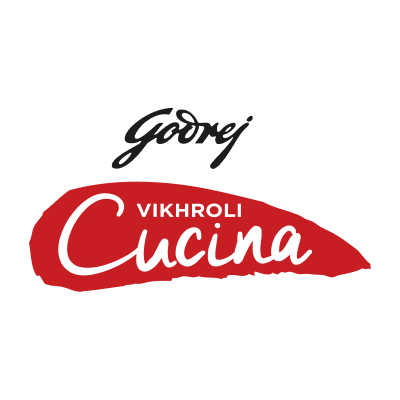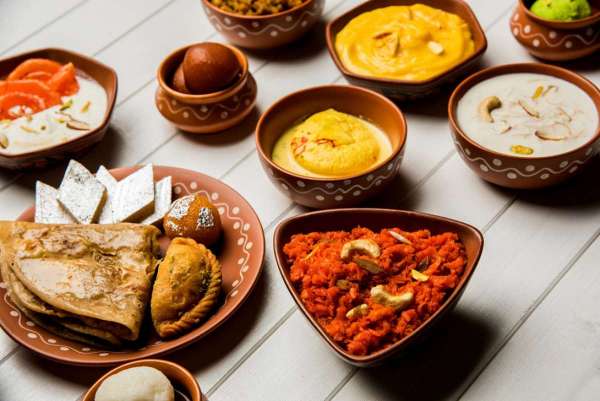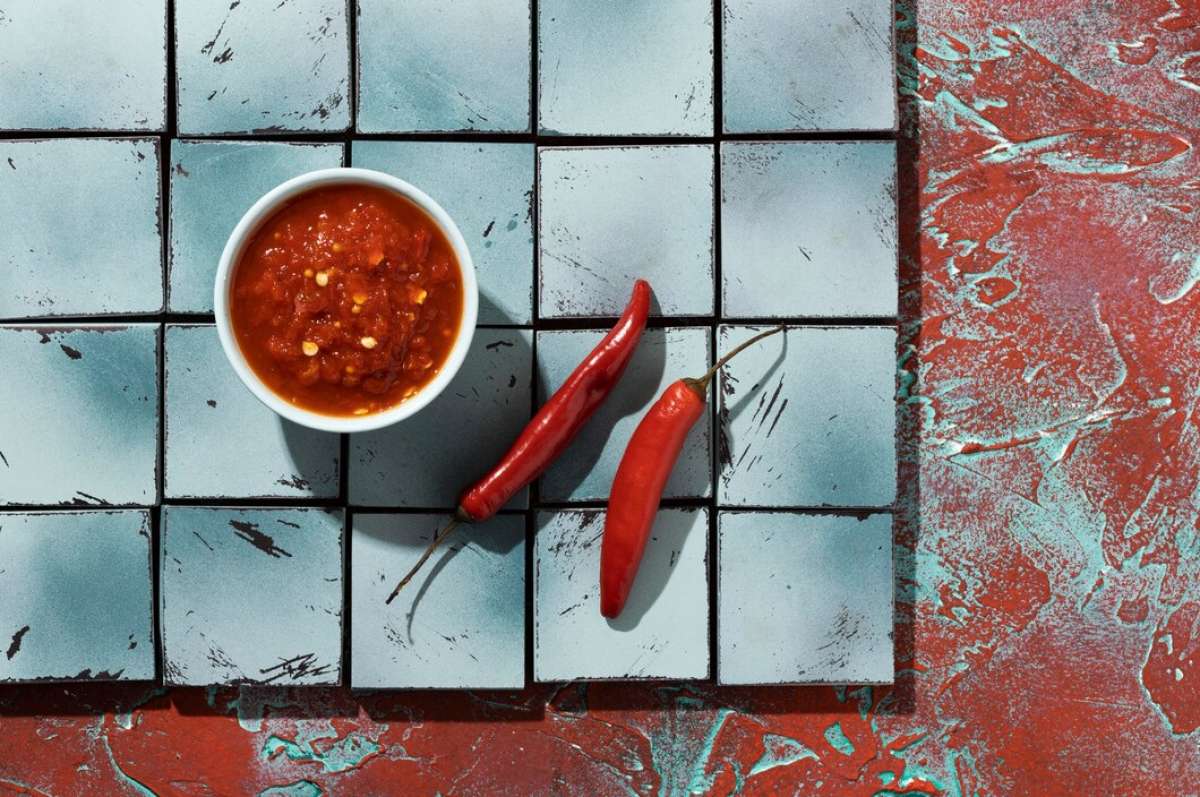
Top 5 Essentials for Korean Food Lovers!
Set your taste buds on fire (in the best way possible!)

Korean ingredients like Gochuchang are about more than just a fiery flavour. They add depth, complexity, and a unique Korean character to any dish. Don't be afraid to experiment! Start with a small amount and adjust to your taste preference.
“Korean food is poised to become the next culinary phenomenon thanks to its unique combination of bold spices, savoury sauces, fermented flavours, and fresh ingredients.”
-Godrej Food Trends Report (GFTR 2024)
Gochujang
This fermented paste, made with red chilli peppers, soybeans, glutinous rice, and salt, offers a complex flavour profile. Yes, it's spicy, but it also has a delightful sweetness, a touch of funkiness, and a rich umami depth. Use it as a base for marinades, adding a spicy and complex kick to grilled meats, seafood, or tofu.
Ssamjang
This thick and savoury sauce is a blend of gochujang, doenjang (Korean soybean paste), and sesame oil. It's the perfect accompaniment to grilled meats in Korean BBQ. Its chunky texture clings perfectly to grilled meats like bulgogi (marinated beef) or samgyeopsal (pork belly). The combination of spicy, savoury, and nutty flavours creates an irresistible dip that complements the smoky taste of grilled meats beautifully.
Gochugaru
This is simply Korean chilli flakes, offering a pure and intense heat without the complexity of gochujang. It adds a dry fiery flavour to dishes and is often sprinkled on top for an extra kick. A sprinkle of these adds heat to kimchi pancakes, tteokbokki (spicy rice cakes), and kimchi jjigae. Start with a small amount and adjust according to your spice tolerance, a little goes a long way!
Doenjang
This fermented soybean paste is another pillar of Korean flavor. Unlike gochujang, doenjang offers a deep savory taste with a hint of sweetness. It's used in various ways like a base for many Korean stews like doenjang jjigae (soybean paste stew) providing a rich, umami flavor. It can also be thinned and seasoned with other ingredients to create a savory dipping sauce for grilled meats or vegetables.
Gim
It isn't just seaweed; it's a staple ingredient in Korean cuisine. Gim is a type of dried seaweed, which comes in various forms, from thin and papery sheets to thicker squares. Gimbap (rice rolls) are a popular Korean street food made by rolling seasoned rice, vegetables, and meats in a sheet of gim. It’s also added to soups and stews for a touch of umami flavor and a unique textural element.
Taming the flames: Tips for beginners
Here are some tips for beating the heat:
- Start slow- Add a little gochujang at first and gradually increase the amount as you get accustomed to the spice.
- Balance the fiey flavour — Korean food often features cooling elements like kimchi or fresh vegetables to balance the spice.
- Dairy is your friend — If the heat gets overwhelming, a spoonful of yoghurt or a sip of milk can help cool things down.
What's your favourite way to use Gochuchang? Let us know in the comments below!
Godrej Food Trends Report 2024 – the detailed edition is available for download at www.vikhrolicucina.com
Tags
0 Comment
You may also like
-

Kitchen stories A Forager's Guide to India: Discovering Edible Wild Plants
by Vikhroli Cucina
-

Kitchen stories Beyond Til gul: Exploring the regional flavours of Makar Sankranti
by Vikhroli Cucina
-

Kitchen stories Lohri flavours: A taste of Punjab's festive spirit
by Vikhroli Cucina
-

Kitchen stories Harvest on Your Plate – Celebrate the Flavours of Sankranti, Pongal & Bihu
by Vikhroli Cucina


